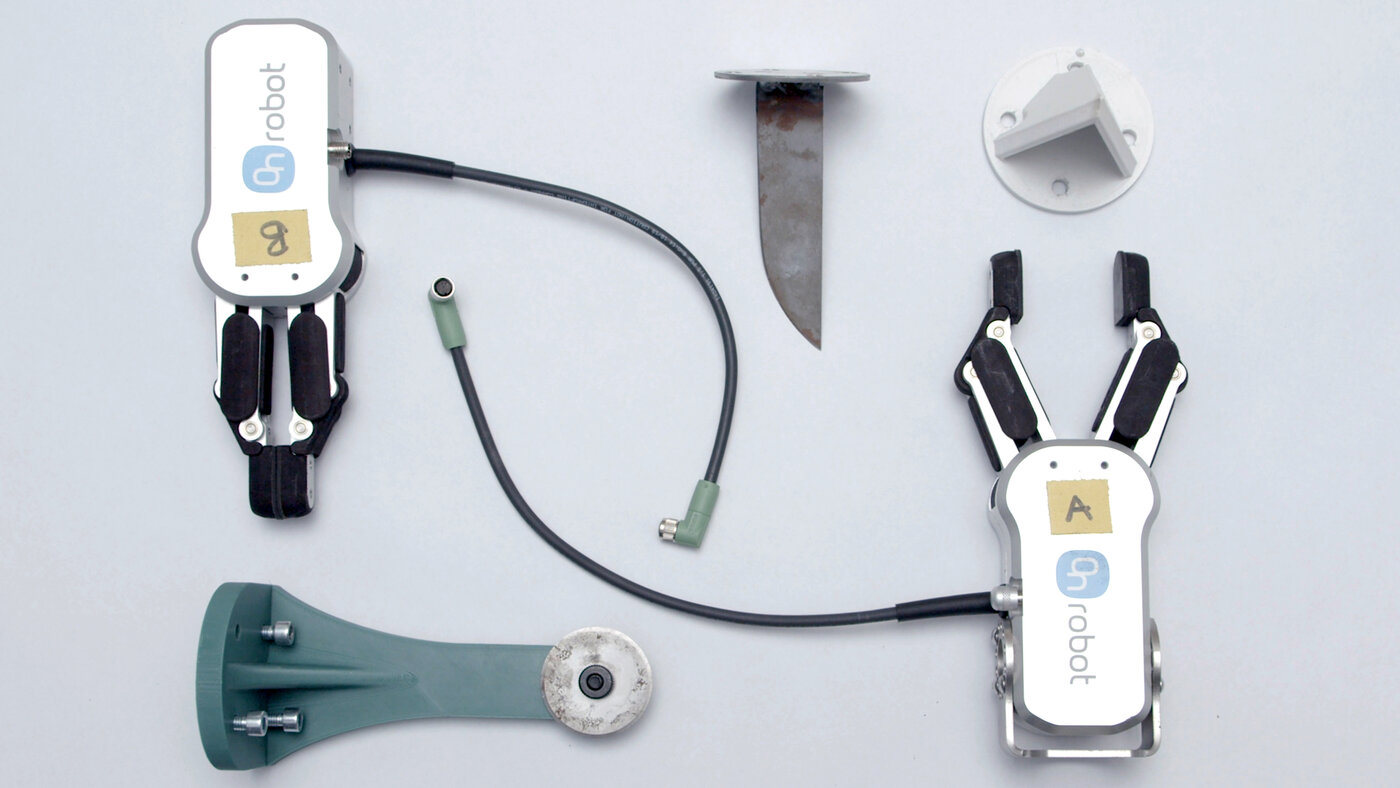Das XLab erforscht und entwickelt gestalterische Wirkungspotenziale an den Schnittstellen von Robotik, Design und Künstlicher Intelligenz.
XLab
Profil#
XLab studies design-related concerns in robotics. As a lab for practice-orientated research, we examine the social, economic, and design-related potential of the technologies. We position art and design as a mediating instance and integrative level of knowledge between the technical sciences and the humanities.
We encourage experimental exploration and eagerly welcome critical examination of the socio-technological, ethical, and ecological aspects of the use of artificial intelligence and robotics. Here, future technology is both a tool and a subject of research.
Through joint workshops, individual research projects, and public events, XLab provides a space in which students and associated researchers can test their ideas through development, design, and critical scrutiny. Specific projects are realised in cooperation with external partners and will be communicated beyond BURG range.
Die Expertise der Mitarbeitenden im XLab bildet den Ausgangspunkt für gestalterische Experimente mit Robotersystemen. Niedrigschwellige Einführungsformate ermöglichen den Erstkontakt. In Vertiefungsformaten wird umfangreiches Fachwissen zur experimentellen Nutzung der Roboter vermittelt und entlang konkreter, individuell begleiteter Projekte praktisch zur Anwendung gebracht. Dieser integrative Ansatz ermöglicht BURG Studierende mit unterschiedlichem Wissensstand für die gestalterische Arbeit am Roboter zu befähigen und mit ihnen die Potenziale der Robotik im Kontext von Kunst und Gestaltung zu erkunden.
Das XLab wirkt damit als Experimentalraum für die angewandte Entwicklung gestalterischer Zukünfte.
Infrastructure XLab#
XLab is mainly based on its associates’ expertise in the fields of artificial intelligence and robotics. At BURG, they apply their know-how in an integrative approach that picks up on each student’s fund of knowledge and taps the potential in both fields. A space for students is created in which they can experiment with software and machines in the context of artistic and design-related processes.
It includes an overview of specific software and software libraries for various sub-areas of AI such as speech and image recognition or image and text generation. Relevant tools and methods are also available to enable the programming of interactive real-time systems, curation of datasets, generative design, and digital fabrication. Through a collaboration with the digital workshop at BURG, XLab is able to work with state-of-the-art technical equipment such as the robot arms UR5 and UR10.

Informationen für Studierende#
Grundvoraussetzung für die Arbeit im XLab ist die Teilnahme an einer technischen Einführung inklusive XLab spezifischer Sicherheitseinweisung. Die allgemeinen Grundvoraussetzungen zur Arbeit in den Werkstätten der BURG müssen ebenfalls erfüllt sein.
Die XLab Einführungsformate finden regulär vor Semesterbeginn in der vorlesungsfreien Zeit statt.
Eine Übersicht der XLab Formate und weitere Informationen sind unter dem folgenden Link einsehbar: